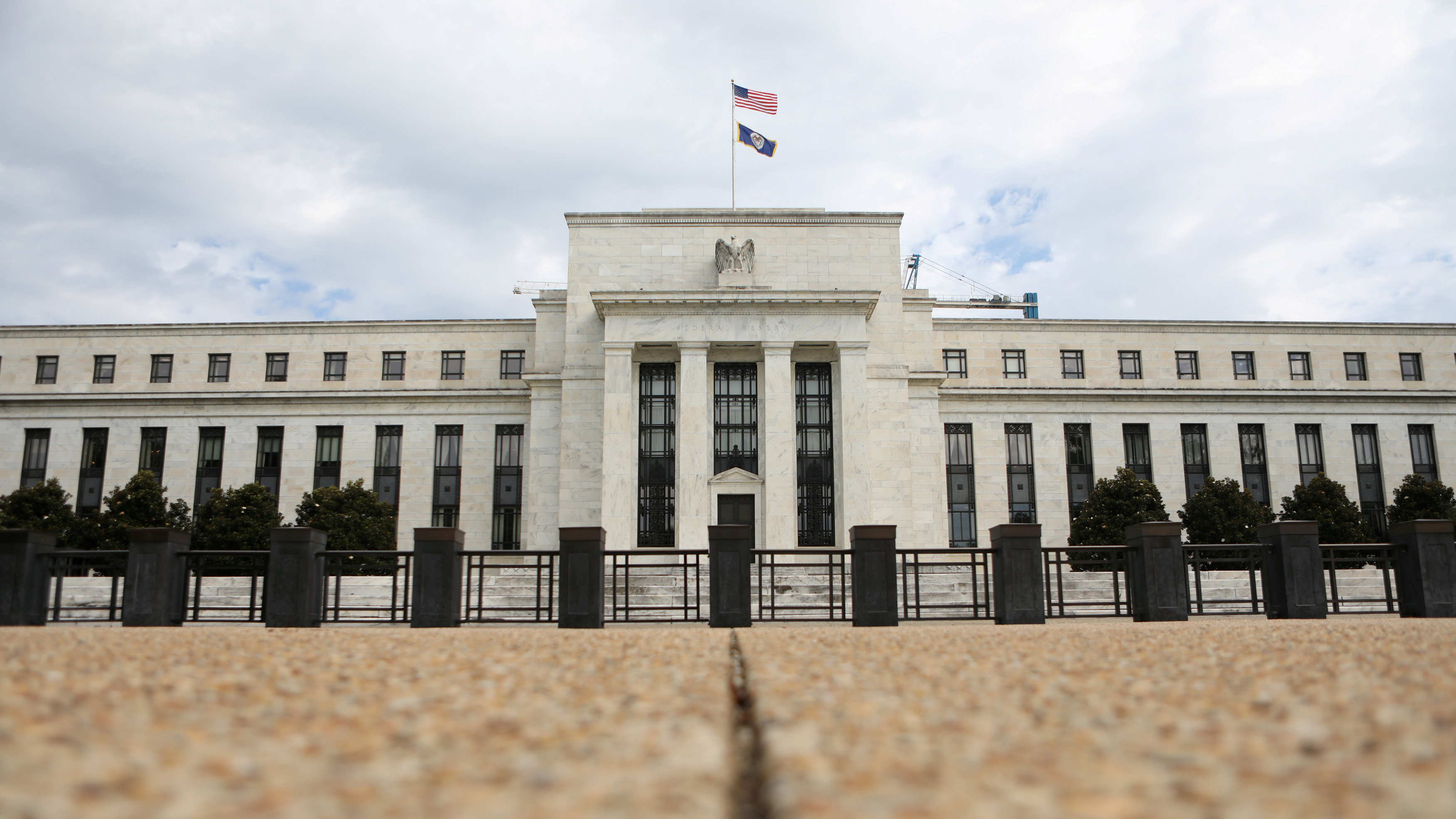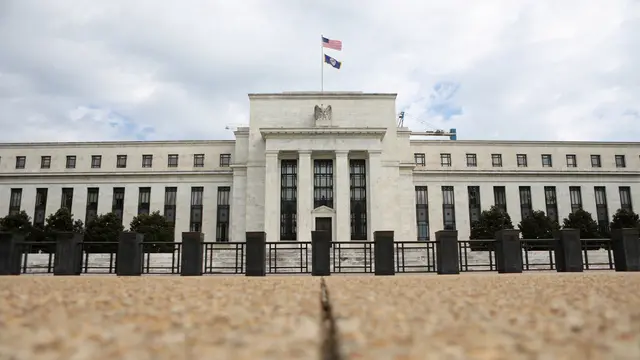
The Federal Reserve building is pictured in Washington, DC, U.S.. (VCG Image)
The US Federal Reserve on Wednesday pledged to keep rates low until it has achieved its goal of maximum employment and an inflation at the rate of two percent over the longer run.
Despite this brave pronouncement, forecasts by the central bankers showed that the goal of maximum employment would not happen until at least 2024
In a statement the Federal Reserve said that economic activity and employment had picked up in recent months but remained well below their levels at the start of 2020. It added that weaker demand and significantly lower oil prices were holding down consumer price inflation.
It noted that the trajectory of theeconomy will depend "significantly" on the course of the coronavirus. It said the ongoing public health crisis will continue to weigh on economic activity, employment, and inflation in the near term, and posed "considerable risks" to the economic outlook over the medium term.
The U.S. is the worst-affected country globally by the coronavirus with the economy taking a battering from the effects of the pandemic.
The Federal Reserve said that its Open Market Committee (FOMC) expected to maintain an "accommodative stance of monetary policy" until the desired outcomes were achieved.
"The Committee decided to keep the target range for the federal funds rate at 0 to 1/4 percent and expects it will be appropriate to maintain this target range until labor market conditions have reached levels consistent with the Committee's assessments of maximum employment and inflation has risen to 2 percent and is on track to moderately exceed 2 percent for some time," the statement read in part.
The FOMC added that it was ready to change the stance of monetary policy as appropriate if risks emerged that could hinder the attainment of its goals.
The FOMC said that such a decision will take into account a range of factors including readings on public health, labour market conditions, inflation pressures and inflation expectations, and financial and international developments.
(With input from agencies)
 简体中文
简体中文

